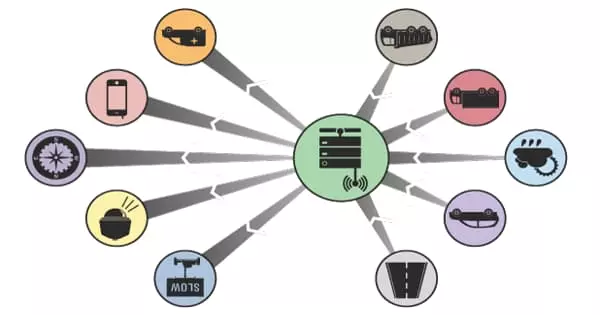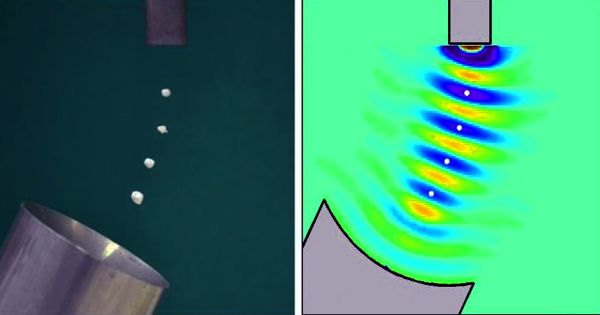Hype cycles are common in advertising. Native advertisements, mobile targeting, and social media have all been promoted as the long-awaited miracle for marketers and advertisers to break through the noise during the last decade. Advertisers are ready to realign their aspirations once more now that 80 percent of American households have at least one connected television (CTV).
CTV – which is generally powered by Google Chrome, Roku, Apple TV, or other devices — appears to be a strong ad bet on the surface, with high-quality content and a big reach. CTV offers appealing inventory, especially with the coming likely expiry of third-party cookies causing concern about ad targeting on desktop and mobile.
However, for individuals unwilling to do their homework, there may be a significant risk of falling prey to unscrupulous actors who are taking advantage of the present CTV buzz. CTV may be a practical and strong channel to add to your advertising mix for ad buyers, especially those at startups and more nimble enterprises. First, it is critical to understand that CTV advertising has its own set of hazards. Do not be fooled by the commotion or taken advantage of by con artists. It is a wise approach to spend the time and money necessary to get CTV advertising perfect before moving forward.

CTV can reach out to new and niche audiences, but maintaining transparency might be difficult. CTV advertising does not have the same technical visibility as ads on desktop and mobile, and there is typically no way to detect when an ad is displayed on the client-side. One of the dangers of uninformed CTV ad purchasing is the lack of transparency. We need to look at both the business and technological components that make CTV unique in order to gain a more thorough understanding of the problem:
Fraud attracted to high expenses. Many other methods of advertising have a greater cost per thousand impressions (CPM) than CTV inventory. Fraudsters like high CPM since it allows them to maximize their profit. When combined with a weak ad economy, there is a lot of money to make with little effort – a great prescription for opportunists and unscrupulous actors.
Low standards are a result of scarcity. Video inventory on CTV is naturally limited. Making more necessitates the creation of new CTV channels as well as the production or licensing of content. A domino effect develops under certain circumstances. Ad platforms and networks become overly eager to find enough inventories to keep things running smoothly, resulting in weak supply standards.
















